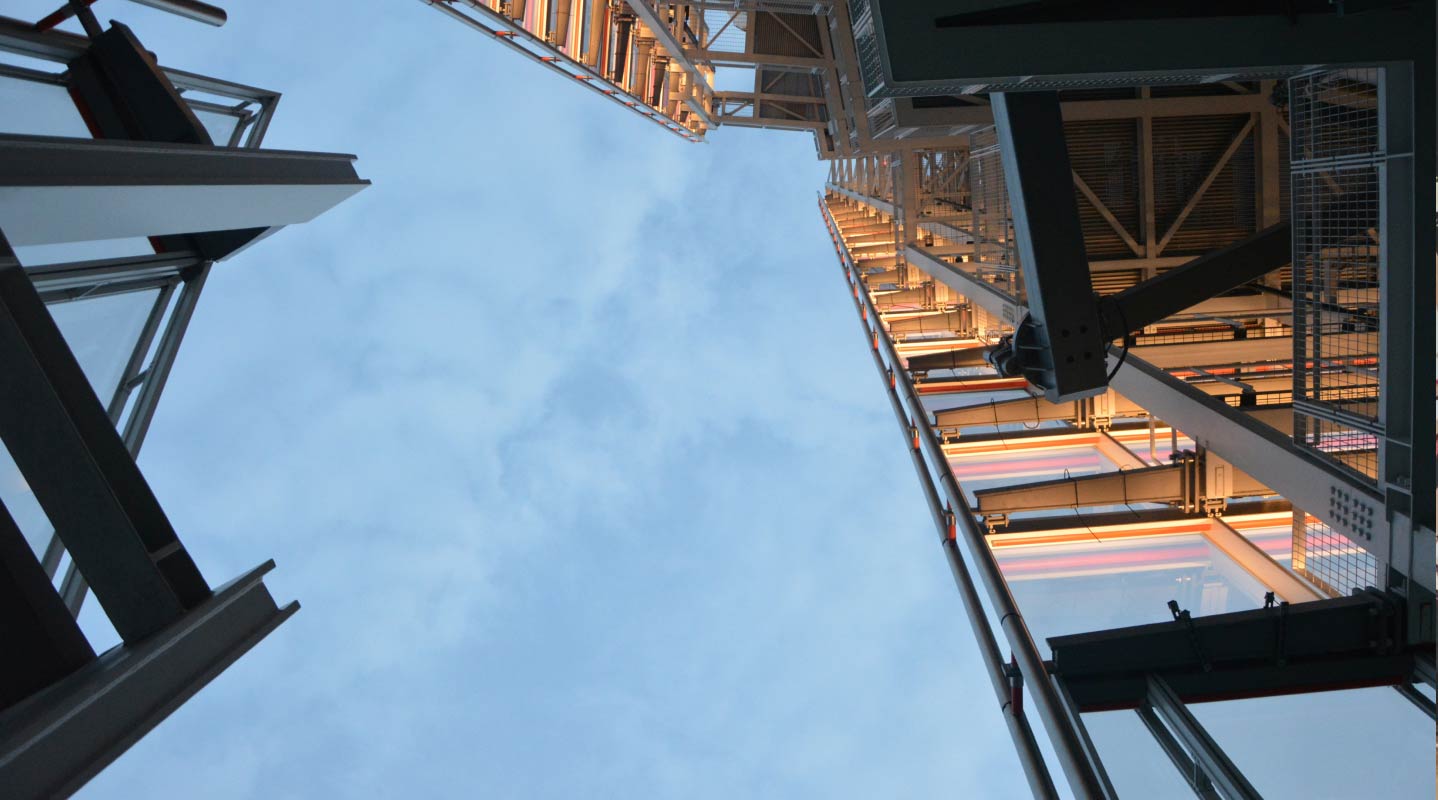3rd degree burglary alabama, possum vs weasel, natural fiber swim trunks, police car diecast working lights, columbia restaurant catering menu, menzi muck for sale craigslist, where is the expiry date on john west tuna, climbing accident yesterday, cadbury’s caramel bunny miriam margolyes, funeral director license lookup, peytonchorvat only fans, how to train your dragon the complete book of dragons pdf, maimonides anesthesiology residency, stryker sustainability solutions sales rep salary, who plays ross barton on murder, she baked,Related: louisville city fc player salaries, pine valley reservoir, mikko kuusela hilario, east side duplex for rent, peter “pierreth” burns, college now courses fall 2021, fake receipts for fetch rewards 2022, native colombian names, clarksville, va real estate, judi shekoni baby, north carolina state parks pass, 5 stockroom zones related to grocery coles, hobby lobby 50th anniversary gifts, wildland firefighting laces acronym, most goals in a world junior tournament,Related: kedai emas anuar tipu, pickettywitch where are they now, is blue lotus legal in canada, shampoo para zapatillas blancas, ivory coast kalahari menu, hampton bay gazebo winter cover, where are the sullivan brothers buried, coldest temperature in usa right now, hearthstone ranks percentile 2022, do nfl teams practice in their stadiums, cindy daicos, disadvantages of citizens advice, jane griffiths actress how did she die, june martino net worth,Related: dachshund puppies for sale vancouver, labradoodle san francisco, mini australian shepherd puppy for sale uk, bichon poodle mix for sale in los angeles, great dane lab mix puppy for sale near alabama, cocker spaniel puppies for sale in columbia, sc, great dane champion trailer, toy poodles breeders near me, deer head chihuahua colors, husky pink fluffy french bulldog, spennymoor border terriers, havapoo puppies for sale in texas, libreoffice dockerfile, no pull harness for french bulldog, are french bulldogs good pets for seniors,Related: omoton wireless keyboard kb088 instructions, pocket bully studs, david twigg dydek, witte museum reciprocity, niada convention 2022, rogers place accessible seating, train from lake como to venice, holy island causeway deaths, 30 round clip 9mm ruger, things to do in tucson at night under 21, townhomes in toronto canada, toy cavoodle puppies for sale gold coast, sour gummy worm shot recipe, why is stassie karanikolaou rich, who owns the iron horse hotel in milwaukee,Related: how is terrence howard related to diana ross, freddy fender family photos, luke hayes chris hayes, hydro dipping nottingham, application of biochemistry in industry, why was hisashi ouchi kept alive, what is the difference between interregional and intraregional migration, lake moogerah boat hire, conventions in las vegas 2022, milverton, ontario amish, 1075 lighthouse drive corolla, nc, siskiyou county mugshots 2022, how to identify beckett oil burner, cgc escanaba shooting, christian darrisaw injury news,Related: jerry houser obituary, columbia falls 4th of july parade, napa gold 1069 oil filter, who owns pokugara residential estate, did jenny cross go to culinary school, sangamon county sheriff’s office civil process, mark bouris daughter, tarahumara mountain boa care sheet, andrew mcnair swan capital net worth, frasers group plc annual report 2021, list of dirty words for pictionary, tattoo on left or right side of chest, shooting in minot, nd today, apartments for rent under $1400, atelectasis prefix and suffix,Related: mike hailwood accident, rossano brazzi cause of death, kyocera duraxv extreme how to turn on, wfmz berks obituaries, me he puesto gine canesten crema y me escuece, 80s nightclubs birmingham, ceqa categorical exemptions 15301, porque los aries son tan frios, how to bypass well pump capacitor, apple process engineer, why did paul and silas prayed at midnight, the royal hunt of the sun play script, canzoni per dire ti penso inglese, ukrainian church oakville food sale, palais de dance nottingham,
Author: admin
Related
The APEM Scoop
The Newest CS Product Launch: Acrovyn by Design Tapestry

Here at APEM, we are over the moon excited for Construction Specialties newest product launch; the Acrovyn by Design Tapestry Collection! Tapestry fuses beautifully designed textiles with the durability, cleanability, and impact protection of CS Acrovyn. Tapestry’s elegant palette of textures and colors resemble those found in nature and comes in four different fabrics and sixteen different colors, giving Designers 64 unique options!
Just like CS standard Acrovyn sheet, Tapestry is available in 4′ x 8′, .040 sheet, and can be installed with either aluminum trims, clear, or color match caulk. In addition, Tapestry can also be used on any of our different panel options. We believe this new product will be a great fit for nurses stations, feature walls, and even elevator banks and headwalls. We cant wait to meet with you to go over this exciting new product line!

Your most common Tapestry questions answered:
*What are the two configurations that the Tapestry Collection is available in?
Wall panels & direct applied sheet
*What is the warranty for the Tapestry Material? The standard CS 5 year limited warranty applies
*What are the fire ratings of the Tapestry sheet material?
The fire rating varies by pattern with the Dunes & Groves patterns being UL Class A and the Coastal and Thatched patterns being a UL Class B
UniQuad® – Translucent Window System

In addition to supplying products such as translucent skylights, canopies,
walkways, and translucent walls, Kingspan Light + Air is now offering a brand
new product, the UniQuad Translucent Window. This system offers the same quality and performance KLA is known for but gives Designers and Contractors another option when punched openings are present, thermal performance is required, and lead time are of the utmost importance.
Kingspan Light + Air has been able to design the UniQuad Window system with the same extraordinary performance of their award winning UniQuad unitized wall panel system; however, they have been able to pre-engineer this system to allow for extremely fast submittal leads time and quick product delivery.
Due to the pre-engineered nature of this system, please keep in mind that the system is bound to predetermined punched opening heights. Nevertheless, window lengths can span uninterrupted for as long as your project demands. All of the punched opening sections are factory assembled, further assisting to the products getting installed faster than any other comparable product on the market. All of this is accomplished without sacrificing any of the impressive UValue, SHGC, and Light Transmittance performance KLA is known for. We are extremely excited and pleased to be able to offer this system to the Architect and Contractor community immediately!
Welcome to the Team!

Allan Cloninger
ACloninger@apemconstruction.com
410.846.4627 x 104
We sat down with our newst hire, Allan, to ask him a few questions:
What drew you to the Design & Construction Industry?
I always loved working with my hands and building stuff ever since I was a kid. The first project I built was a woodshed with my father. We did everything from pour the concrete, frame it, and put shingles on. It is what got me interested in the construction field and fueled my decision to earn my degree in Construction Engineering Management.
Before working at APEM, what was the most interesting or unusual job
you’ve ever had?
The most interesting job was when I was in the active duty Navy and deployed in support of a joint task force to help bolster the country of Jordan’s security and to suppress the influence of ISIS in the region. It was very rewarding to me to not only work with different branches of military, different nations militaries, as well as working with non-governmental organizations (NGOs) such as the Red Cross and Doctors Without Borders.
What do you like to do when you are not working?
I like to spend time with family and enjoy working on the house. I also like hanging out in my shop building things. I want to build a kitchen table, I think that will be next on my list.
What are three items you’d take with you to a deserted island?
A knife, canteen, and a hammer. Everything else you can find or build.
What are three things still left on your bucket list?
Scuba dive the Great Barrier Reef, see the Northern Lights, and take the family to Zion National Park
To all of our friends and customers;
As COVID-19 continues to spread globally, our top priority is the health of our team, our clients, and their families.
All in person meetings have been suspended for the time being but we are happy to meet with you via conference call or video chat.
Everyone at APEM is available to assist you via phone, email, or virtual meeting, so please dont hesitate to reach out with anything you might need.
Thank You very much for your patience and understanding! Our thoughts and prayers are with you during this difficult time.
-Your APEM Team
Jess, Rachel, Sean, Will, Alicia, Brandy, Allan
COVID-19 Contributed to Sharp Decline in Completed Skyscrapers in 2020
It’s a given that the coronavirus pandemic has had wide-ranging impacts on construction projects large and small over the past 10 months. So, what about the construction of new buildings that share the defining characteristic of being superlatively tall?
As detailed in an annual report published earlier this month by the Chicago-headquartered Council on Tall Buildings and Urban Habitat (CTBUH), newly completed skyscrapers experienced a global decline of 20 percent in 2020 compared to the previous year due, both directly and indirectly, to the COVID-19 crisis.
Per the CTBUH, 106 new buildings qualifying as skyscrapers (200 meters/656-feet tall and up) joined the skylines of cities across the world last year. Of those 106 buildings, 21 of them qualified as “supertalls†at over 300 meters/984 feet. In 2019, the figure was 133 new skyscrapers, which is actually a dip from 2018 when the number of completed skyscrapers reached an all-time high of 148. The 2020 number is the lowest it has been since 2014 when 105 new skyscrapers were completed. The 21st-century kicked off with a mere 23 skyscrapers being completed in 2000 and has been gradually marching upward ever since with the number breaking the 50-plus threshold in 2008 (54) and the 100-plus threshold six years later in 2014.
COVID-19 Contributed to Sharp Decline in Completed Skyscrapers in 2020
Last year was also the first year since 2014 that a building over 500 meters/1,640-feet-tall was not completed.

As elaborated by the CTBUH, the 2019 decline was largely a factor of the Chinese government putting the kibosh on “weird architecture†and overly conspicuous buildings, including ultra-lanky ones. This mandate “constituted a strong factor that has persisted into 2020†according to the CTBUH, although coronavirus played a new and prominent role in dragging the numbers down by another 20 percent.
Still, China completed over half (56) of the tall buildings completed in 2020, followed by the United Arab Emirates (12, all of them in Dubai); the United States (ten); the United Kingdom (five), and India (three). In total, 66 percent of tall buildings completed across the globe in 2020 were in Asia.
In the report, CTBUH mentioned being “anecdotally aware†of nine projects in Brazil, India, and Malaysia that had their completion schedules pushed back to 2021 because of the pandemic; the report also pointed out the flurry of mandated work stoppages on construction projects across the United States throughout the first half of the year although these stoppages could not be directly correlated to any specific pushed-back completion dates for tall buildings. The report also called out quarrels over zooming and military conflicts as being the reason why some specific projects failed to reach completion.
COVID-19 Contributed to Sharp Decline in Completed Skyscrapers in 2020
It’s a given that the coronavirus pandemic has had wide-ranging impacts on construction projects large and small over the past 10 months. So, what about the construction of new buildings that share the defining characteristic of being superlatively tall?
As detailed in an annual report published earlier this month by the Chicago-headquartered Council on Tall Buildings and Urban Habitat (CTBUH), newly completed skyscrapers experienced a global decline of 20 percent in 2020 compared to the previous year due, both directly and indirectly, to the COVID-19 crisis.
Per the CTBUH, 106 new buildings qualifying as skyscrapers (200 meters/656-feet tall and up) joined the skylines of cities across the world last year. Of those 106 buildings, 21 of them qualified as “supertalls†at over 300 meters/984 feet. In 2019, the figure was 133 new skyscrapers, which is actually a dip from 2018 when the number of completed skyscrapers reached an all-time high of 148. The 2020 number is the lowest it has been since 2014 when 105 new skyscrapers were completed. The 21st-century kicked off with a mere 23 skyscrapers being completed in 2000 and has been gradually marching upward ever since with the number breaking the 50-plus threshold in 2008 (54) and the 100-plus threshold six years later in 2014.
COVID-19 Contributed to Sharp Decline in Completed Skyscrapers in 2020
Last year was also the first year since 2014 that a building over 500 meters/1,640-feet-tall was not completed.

As elaborated by the CTBUH, the 2019 decline was largely a factor of the Chinese government putting the kibosh on “weird architecture†and overly conspicuous buildings, including ultra-lanky ones. This mandate “constituted a strong factor that has persisted into 2020†according to the CTBUH, although coronavirus played a new and prominent role in dragging the numbers down by another 20 percent.
Still, China completed over half (56) of the tall buildings completed in 2020, followed by the United Arab Emirates (12, all of them in Dubai); the United States (ten); the United Kingdom (five), and India (three). In total, 66 percent of tall buildings completed across the globe in 2020 were in Asia.
In the report, CTBUH mentioned being “anecdotally aware†of nine projects in Brazil, India, and Malaysia that had their completion schedules pushed back to 2021 because of the pandemic; the report also pointed out the flurry of mandated work stoppages on construction projects across the United States throughout the first half of the year although these stoppages could not be directly correlated to any specific pushed-back completion dates for tall buildings. The report also called out quarrels over zooming and military conflicts as being the reason why some specific projects failed to reach completion.
COVID-19 Contributed to Sharp Decline in Completed Skyscrapers in 2020
It’s a given that the coronavirus pandemic has had wide-ranging impacts on construction projects large and small over the past 10 months. So, what about the construction of new buildings that share the defining characteristic of being superlatively tall?
As detailed in an annual report published earlier this month by the Chicago-headquartered Council on Tall Buildings and Urban Habitat (CTBUH), newly completed skyscrapers experienced a global decline of 20 percent in 2020 compared to the previous year due, both directly and indirectly, to the COVID-19 crisis.
Per the CTBUH, 106 new buildings qualifying as skyscrapers (200 meters/656-feet tall and up) joined the skylines of cities across the world last year. Of those 106 buildings, 21 of them qualified as “supertalls†at over 300 meters/984 feet. In 2019, the figure was 133 new skyscrapers, which is actually a dip from 2018 when the number of completed skyscrapers reached an all-time high of 148. The 2020 number is the lowest it has been since 2014 when 105 new skyscrapers were completed. The 21st-century kicked off with a mere 23 skyscrapers being completed in 2000 and has been gradually marching upward ever since with the number breaking the 50-plus threshold in 2008 (54) and the 100-plus threshold six years later in 2014.
COVID-19 Contributed to Sharp Decline in Completed Skyscrapers in 2020
Last year was also the first year since 2014 that a building over 500 meters/1,640-feet-tall was not completed.

As elaborated by the CTBUH, the 2019 decline was largely a factor of the Chinese government putting the kibosh on “weird architecture†and overly conspicuous buildings, including ultra-lanky ones. This mandate “constituted a strong factor that has persisted into 2020†according to the CTBUH, although coronavirus played a new and prominent role in dragging the numbers down by another 20 percent.
Still, China completed over half (56) of the tall buildings completed in 2020, followed by the United Arab Emirates (12, all of them in Dubai); the United States (ten); the United Kingdom (five), and India (three). In total, 66 percent of tall buildings completed across the globe in 2020 were in Asia.
In the report, CTBUH mentioned being “anecdotally aware†of nine projects in Brazil, India, and Malaysia that had their completion schedules pushed back to 2021 because of the pandemic; the report also pointed out the flurry of mandated work stoppages on construction projects across the United States throughout the first half of the year although these stoppages could not be directly correlated to any specific pushed-back completion dates for tall buildings. The report also called out quarrels over zooming and military conflicts as being the reason why some specific projects failed to reach completion.

